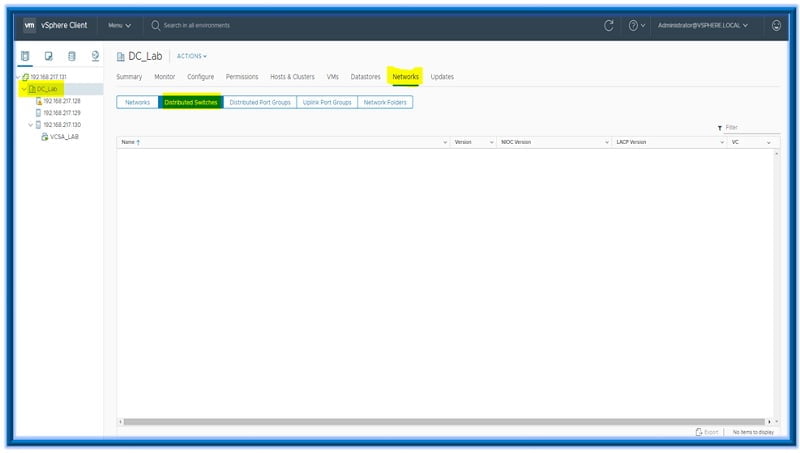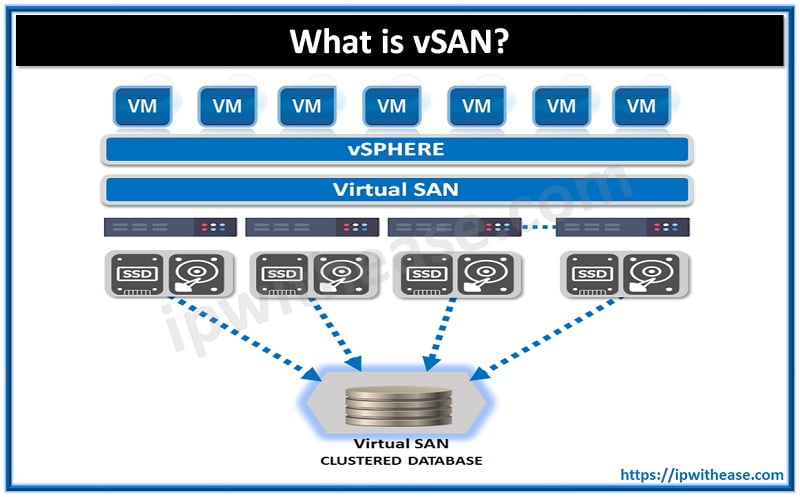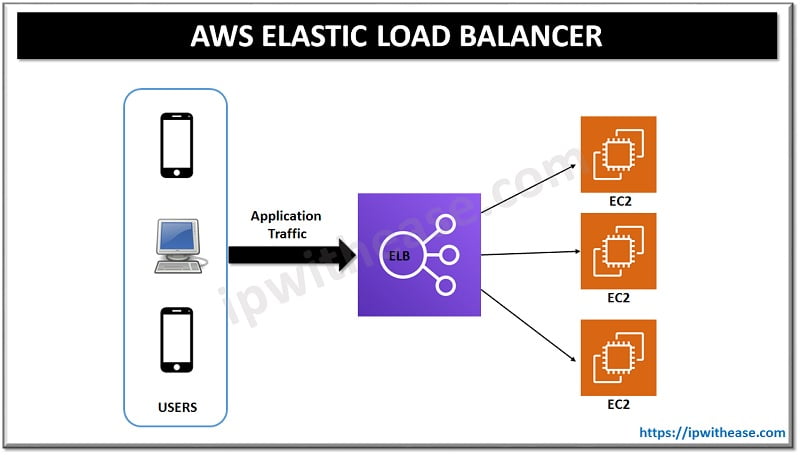Table of Contents
Cloud Repatriation
For public cloud solutions, enthusiasm of companies is melting away because of constant increase in the storage resources and workloads back in-house. Actually, a report on cloud repatriation expressed that 20 percent of organizations overviewed said that cost drove them to move at least a part of their application stack to private clouds from public clouds.
As to stay aware of IT change, numerous associations have taken the “cloud-first” approach as they relocated their workloads to the public cloud. With the blast of migration of public cloud, we have just begun to see indications of what innovation investigators are calling “cloud repatriation”. As associations understand that cloud is not always the response to IT cost and performance.
The description of cloud repatriation by IT experts depicts that it is process of shifting the work load to local infrastructure environment from public cloud.
According to the survey of 2018, it was found that 80 percent of respondents moved cloud workloads on a private cloud solution or on premises. So, for what reason this is happening? Let’s have look at some of the benefits of cloud repatriation.
Benefits of Cloud Repatriation
Security
Because of absence of security inside the public cloud, numerous associations are experiencing cloud repatriation.
There is a misconception to various public cloud users about data security and protection. They believe that these bigger public cloud suppliers will give information assurance benefits. When in actuality, the client must set aside the effort to model the correct security and information assurance arrangement all alone or hope to be at high hazard for a security break.
Infact, there may be scenarios where a security misconfiguration may open array of ports or permissions, thereby making the Cloud applications vulnerable for attack.
To meet protection and diminish the opportunity of an attack from hackers or harm from natural events, organizations are placing their most sensitive information into a private cloud. Let’s not forget the fact that data in Public cloud is in shared environment and it may not be the best statement to convey that “customer data in public cloud was 100% protected and secured”. In reality, organisations are at risk if they do not architect the right security and data protection solutions
Cost
With the help of cloud repatriation, high recurring operational expenses can be substantially decreased or even abolished.
Associations that were informed that public cloud was the simple response to the entirety of their issues are currently understanding that the cost is not applicable to their particular circumstance. With the less expensive options that are accessible, public cloud costs simply do not make any sense any longer.
Transparency of private cloud service to the customers is offered with the help of pricing structures, and moreover they do not need to pay extra as they charge only for that what they require.
In the expansion to limit of waste, enormous public cloud suppliers are routinely refreshing their estimating structure. These normal changes cause it outlandish for organizations to have a long-term plan for the public cloud.
With developing innovation, IT has gotten progressively controlled. Each body comprises of their own rulesets. With the changing guidelines, running applications on-premises at a particular site can make staying agreeable somewhat less complex and help to diminish related dangers.
Control
It has been seen thatpublic cloud leaves the greater part of the control up to the provider. A significant purpose behind cloud repatriation is that private solutions are intended to return the control to the hands of the client. A private cloud solution is intended to be consumed by a single association. That association has full control to design and deal with their assets with no limitations that a multi-tenant arrangement would have.
Performance
Neglecting to meet basic service level is an indication that applications may perform better in a private situation.
In accordance with the report by 451 Research’s VoTE that approached respondents about their explanations behind utilizing more than one framework situations to work singular workloads. Among them, 47% of them said one of the primary purposes behind utilizing different infrastructure environment is improving execution/accessibility.
With downtime and execution turning into an expanding issue, moving workloads back on-premise has been appeared to help illuminate that. Obviously, an on-premise arrangement does not totally refute downtime, however it provides control to the organization.
Related- Top 10 Cloud Migration Tools
ABOUT THE AUTHOR

You can learn more about her on her linkedin profile – Rashmi Bhardwaj



